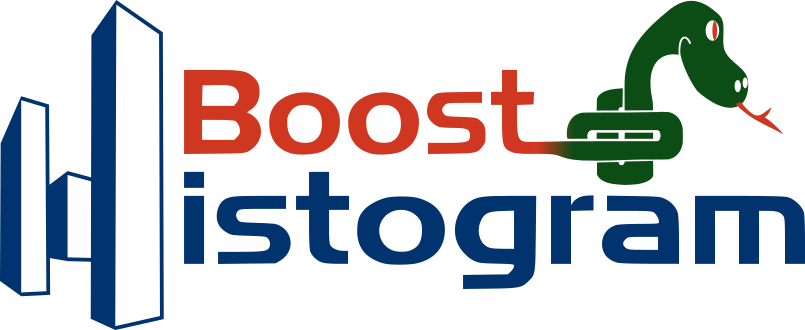UHI 1.0 is out, with a major new feature: a new histogram serialization spec! This spec supports multiple formats (HDF5, zip, and JSON initially), and can be supported by multiple libraries (Boost-histogram/hist initially). There’s also a new test suite helper for libraries targeting the UHI indexing spec.
[Read More]Making of SciPy 2020's High Performance Histograms as Objects

Now that SciPy 2020 is over, I would like to share the process I used to create the talk video. The effect was designed to recreate the feeling of watching an actual in-person talk. I will first cover parts, detailing what I got and some general suggestions, then I’ll discuss the filming process, and finally, I will cover the post-process procedure and software. The entire process took about a day and a half, with an overnight render, and cost about $200 (best compared to the cost of registration of a live conference).
[Read More]The boost-histogram beta release

The foundational histogramming package for Python, boost-histogram, hit beta status with version 0.6! This is a major update to the new Boost.Histogram bindings. Since I have not written about boost-histogram yet here, I will introduce the library in its current state. Version 0.6.2 was based on the recently released Boost C++ Libraries 1.72 Histogram package. Feel free to visit the docs, or keep reading this post.
This Python library is part of a larger picture in the Scikit-HEP ecosystem of tools for Particle Physics and is funded by DIANA/HEP and IRIS-HEP. It is the core library for making and manipulating histograms. Other packages are under development to provide a complete set of tools to work with and visualize histograms. The Aghast package is designed to convert between popular histogram formats, and the Hist package will be designed to make common analysis tasks simple, like plotting via tools such as the mplhep package. Hist and Aghast will be initially driven by HEP (High Energy Physics and Particle Physics) needs, but outside issues and contributions are welcome and encouraged.
[Read More]